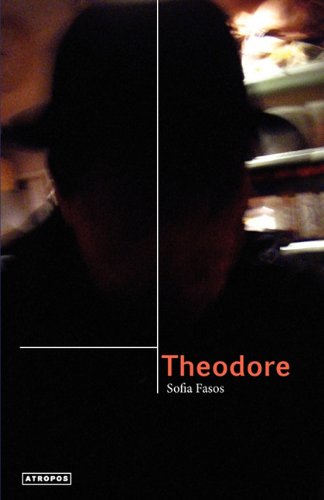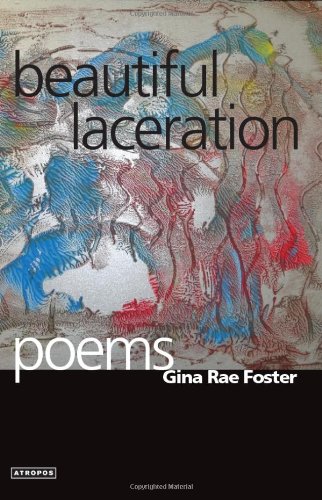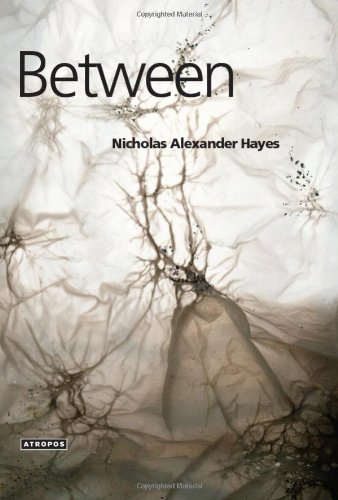Nancy Jones
The Image Is Crisis
Paperback – January 17, 2014 | 158 Pages | ISBN-10: 1940813093 | ISBN-13: 978-1940813097
In general morphological terms, the color, shape, and pattern of any optical illusion can elicit mental calmness, confusion, or distress. Visual information informs our identity and can either give us meaning or confuse us. Images reflect reality or distort it. We lift and separate our view of reality from the masses of general images in accordance with momentarily charged needs or choices. This study is intended to motivate reflection on visual codes. The increasing use of images to communicate advances the need for a critical visual literacy. Is it possible to enter the closed circuit of artistic image and ad campaign, not to correct or affirm the relationship, but to inject "room for thought," the Denkraum of which Aby Warburg wrote with such conviction? That is the question. The image "is" the crisis it is allegedly "in" or part of. But crisis is historically the same word as criticism: the image is criticism. It is possible to begin the history of this criticism with consideration of the concept of aura in Walter Benjamin's classic media essays. Warburg recognized in the genealogy of media an even darker prophecy than loss of aura: media- technologization ultimately, at some saturation point, "murders" thought. Vilem Flusser, who rewrote media history as a dialectical alternation between enchantment and disenchantment, makes possible a summary and synthesis of Warburg's deceptive augury and Benjamin's ambivalent optimism as aspects of one theory of the image between magic and media. In the face of an image crisis that continues to turn up in more contemporary reflections and concerns, The Image Is Crisis brings us before the prospect of increasing legibility of and with the image.











